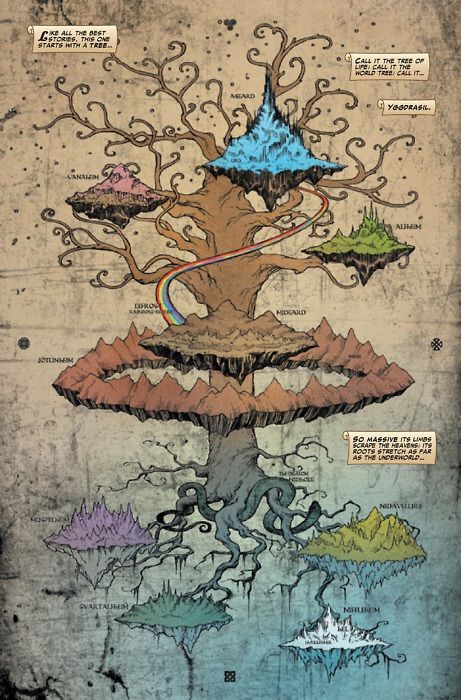

The petitioners of Asgard were primarily former humans. Inhabitants Īll of the Aesir, one of the two groups of the Norse pantheon, had homes in Asgard, including Odin the All-Father and Tyr, who was also the Faerûnian god of justice.

The gods of Asgard magically controlled its weather such that it mimicked the gloomy light of northern climates and had powerful winters. īifrost, an interplanar means of travel to the Prime Material plane known as the Rainbow Bridge, was also located in Asgard, and the interplanar tree Yggdrasil had branches here. The Iving River served as the border between Asgard and Jotunheim. Usually, Asgard bordered the realms of Alfheim, Jotunheim, and Vanaheim. The gods of Asgard lived in estates and halls of nearly unfathomable size, and petitioners were welcome to enter and to feast and celebrate within. It was covered with mountains, plains, forests, lakes, and rivers. Īsgard was a land of vast wilderness and oceans. Repairs for weapons and armor were cheaper in Asgard than elsewhere in the planes of existence, but magical items tended to be more expensive. One of the special supernatural properties of Asgard was that anyone dying there-in a heroic manner-would be resurrected on the following morning-even a visitor. The whole realm was surrounded by an immense wall 40 feet (12 meters) thick and 80 feet (24 meters) high, and it included several gates. Thus, the entire land mass of Asgard covered thousands of miles and occupied a massive earthberg.

Asgard was composed of numerous domains, some of which were the size of empires by Material Plane standards.


 0 kommentar(er)
0 kommentar(er)
